The Kongque (Peacock) River is one of the tributaries of the Tarim River. Legend has it that Ban Chao of the Eastern Han Dynasty once let horse drink water there, so it is also called Yinma River. The source comes from Bosten Lake, which flows through Korla City and Yuli County, and then flows into Lop Nor. With a total length of 786 kilometers, the end of the river has dried up.
On October 12th, when the China Biodiversity Conservation and Green Development Foundation (CBCGDF) Lop Nur scientific expedition team descended along Bosten Lake and reached Tiemenguan Reservoir, the team stood by the sparkling Kongque River and asked a local man fishing by the river, how come this river was named Kongque River, the man did not know the answer. It turned out that according to research, this river was originally called Kunqi River. When Zuo Zongtang of the Qing Dynasty put down the rebellion, his entourage translated it as Kongque River, and it is still used today.
Upstream: The water is deep and quiet, with many fish, shrimps and water birds
The Tiemenguan Reservoir area is the upper reaches of the Kongque River. Due to the reservoir blocking the water, the river water discharged from Bosten Lake flows slowly in this area. The river water is deep, although the water quality is unusually clear, the center of the river can still be seen clearly dark.
This day was a weekend, and many people came to fish by the river. The aquatic biology group of CBCGDF biodiversity scientific expedition team also started their work by the river: testing water temperature, water quality, pH and other indicators, taking water samples, and surveying aquatic species along the riverbank.
There are aquatic plants on the banks of the river, and pondweed plants grow slightly near the center of the river. The aquatic organism group took the net down to the river, picked up the net from the water, and found two Hypseleotris swinhonis and nearly ten active transparent shrimps at the bottom of the net. After that, the aquatic organism group also captured red-eyed bitterling, Abbottina rivularis, etc. one after another. In the wider area of the upper reaches of the reservoir, the aquatic organisms group even found a Eurpean perch with bright red tail, anal, and pectoral fins. This fish was introduced to Xinjiang in the 1950s, and Bosten Lake is the main producing area, but it has been rare in recent years. The calls of wild ducks came from time to time in the dense reeds. According to riverside fishers, in that section of the Kongque River, grass carp, crucian carp, cyprinoid, White fish, and pikes (Esox reicherti) are often caught. To look at the expedition schedule in the next few days, this day can be described as a big day for the aquatic organism group.
Middle Reaches: The riverbed is clear and shallow, and the remnants of the ancient river channel are scattered
On the afternoon of October 12, the scientific expedition team continued to march along the Kongque River. Two spots were successively investigated in the midstream. At the previous spot, the water volume of the Kongque River has been greatly reduced compared with the upstream Tiemenguan. After crossing the large cotton agricultural irrigation area in Yuli County, the water in that section of the Kongque River seemed exhausted, lying shallowly in the riverbed. When encounter a place where the river is narrow, one can easily cross to the opposite bank by placing a beam on the river.
On both sides of the river, there are golden poplar trees and tall reeds of the same golden color, and the scenery is very gorgeous against the background of the green river water. A large area of white saline was left on the winding shallows of the riverbank. This area already belongs to the Kuruktag Desert. The annual evaporation is almost 100 times that of the rainfall. In the waterless river beach, white salt and alkali will soon seep out. There are more raptors and water birds in this area, some desert animals have begun to show their tracks on the sand slopes, and the harvest of aquatic organisms has decreased significantly.
The second spot is still in the middle reaches of the Kongque River. The river meanders in the desert. Although it is windy and there are fine ripples on the surface, the river hardly flows. Similar to the previous spot, the river here is deeply sinking, with sandy banks 5-6 meters higher on both sides. The sandy banks extend indefinitely to both sides, each forming a wide desert highland.
On the uppermost terrace on the right bank, although it is a desert, there are a small number of desert plants such as bell thorns, Nitraria sibirica and so on. At the same time, it can still be easily seen that this was an old river course. On the dried-upriver, the thick sand has formed a thin shell, and it creaks when stepped on. Withered and dead reed roots are everywhere in the sand, some thick Populus trees have died, and countless withered fragments remain on the ground.
The teamleader Dr. Lu introduced: “Reeds, Populus euphratica, etc. are all born by the water. From the perspective of biodiversity, the current scene is really harrowing.” Judging from the distribution of reed roots and the remnants of the riverbank in the desert, this was once the old course of the Kongque River, which is 300 to 500 meters away from the current river course, but don’t know when the diversion occurred. The soil in the desert is soft, and once the flood comes over, it is likely to rush out of a new river course, thereby changing the course of the river.
Downstream: A tributary has completely dried up and turned into a desert
On the afternoon of the 13th, when the CBCGDF scientific expedition team reached the lower reaches of the Kongque River, although it had not yet reached the main road, it had already emerged that a nearby tributary had completely dried up and was swallowed by wind and sand. The traces of the river course are still there. At the beginning, the ditch was covered with dense tamarix chinensis and sparse Populus euphratica, but after about a thousand meters, they saw the fine sand filling the valley, the front is clearly a desert, and there is no way of seeing a river. There is not even a drop of water on the ground, and the aquatic organism group is basically unable to carry out investigations. However, when advancing in the desert on the side of the dry tributary, the scientific research team still found many dead reed roots and white spiral shells, indicating that there was once a large lake or river wetland.
The scientific expedition team assumed: Without water, first the aquatic organisms died, and then the terrestrial organisms died or evacuated, including the evacuation or disappearance of human civilization. Because it is a military restricted zone, the first phase of CBCGDF biodiversity scientific expedition may not be able to go to the most famous human civilization site in the Kongque River Basin - Loulan ancient and Xiaohe cemetery to do field investigation. However, on the tributary of the dead Kongque River, a clear trace of the interdependence between water and human civilization can be seen completely.
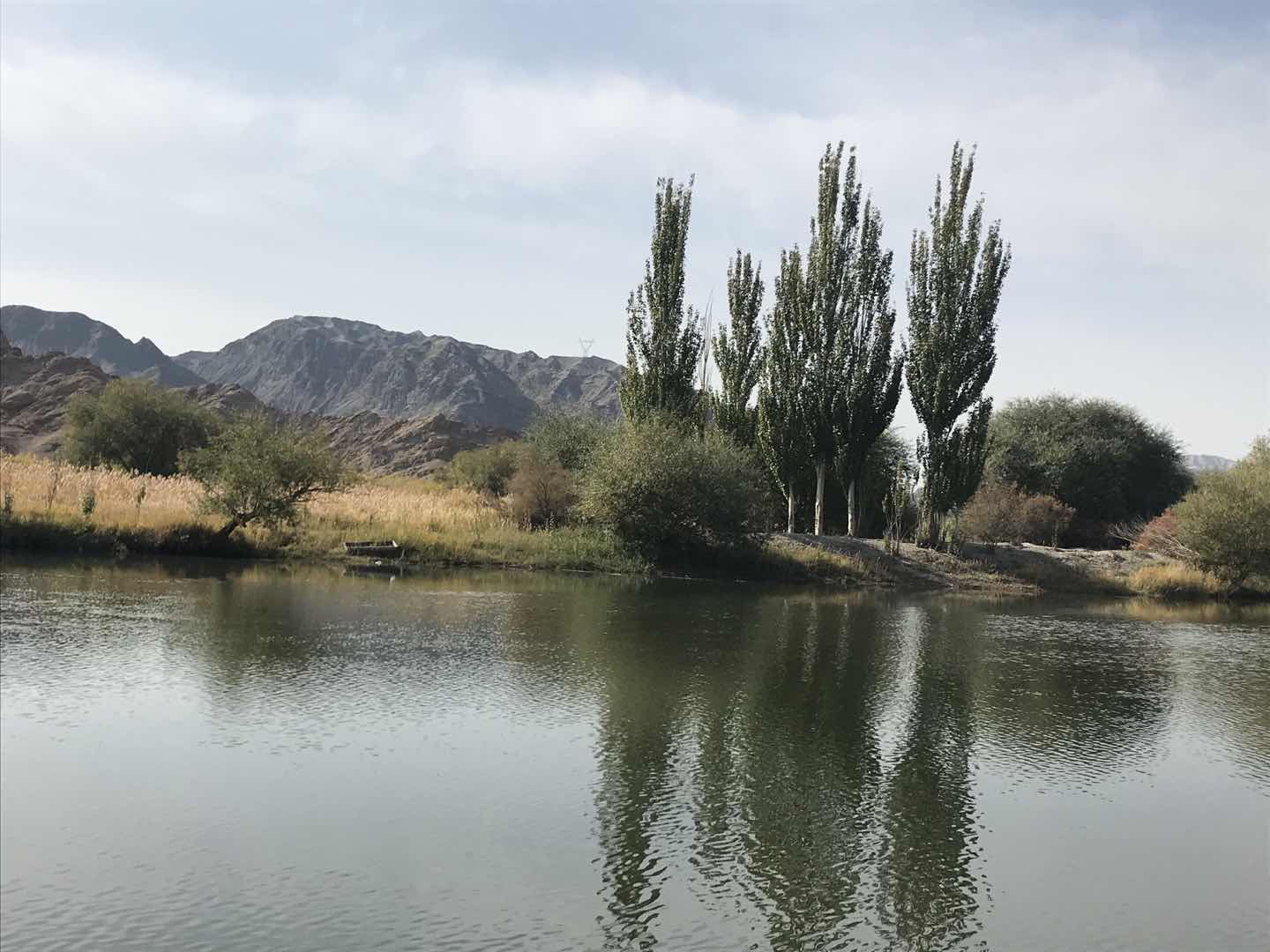
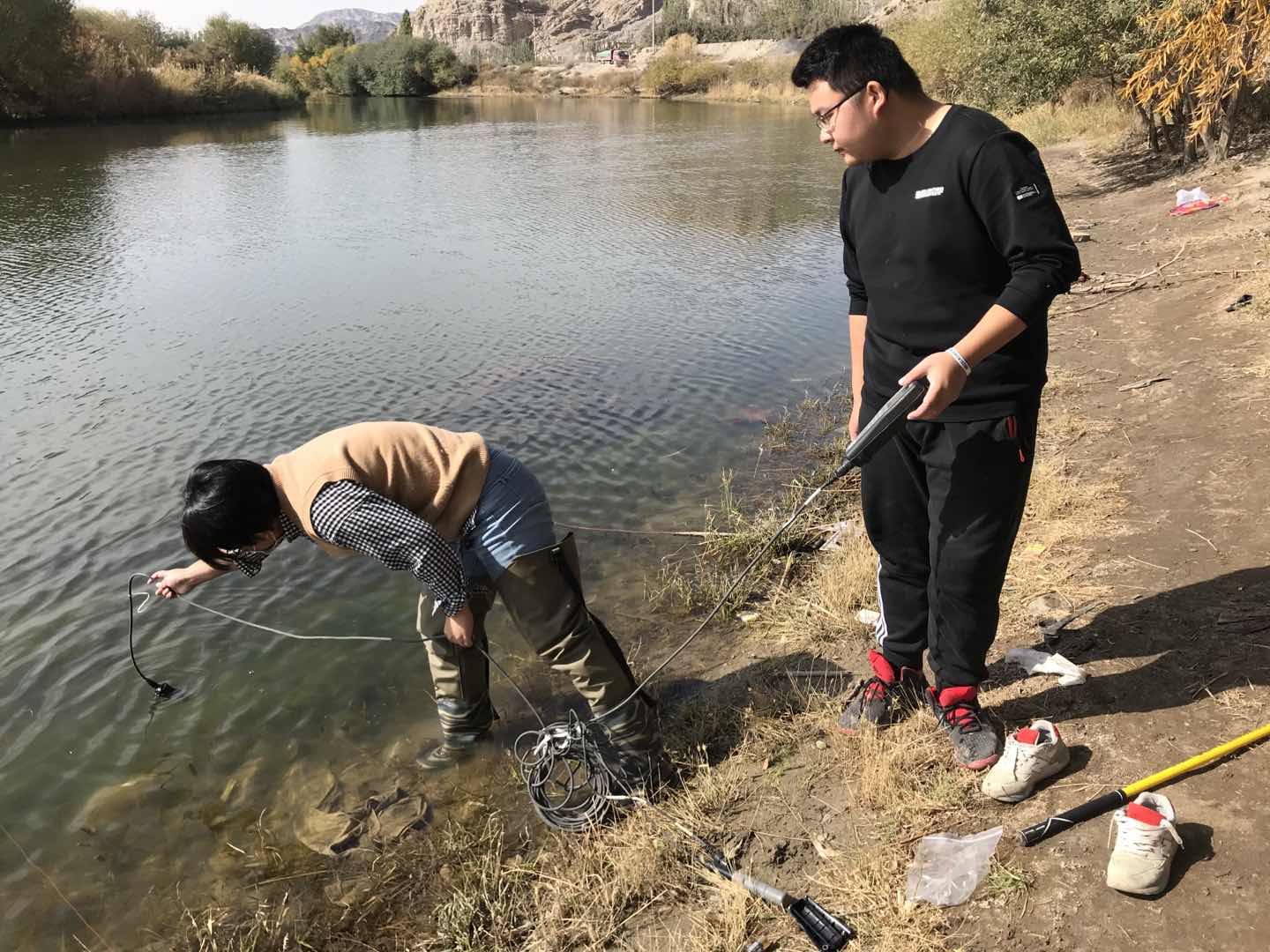
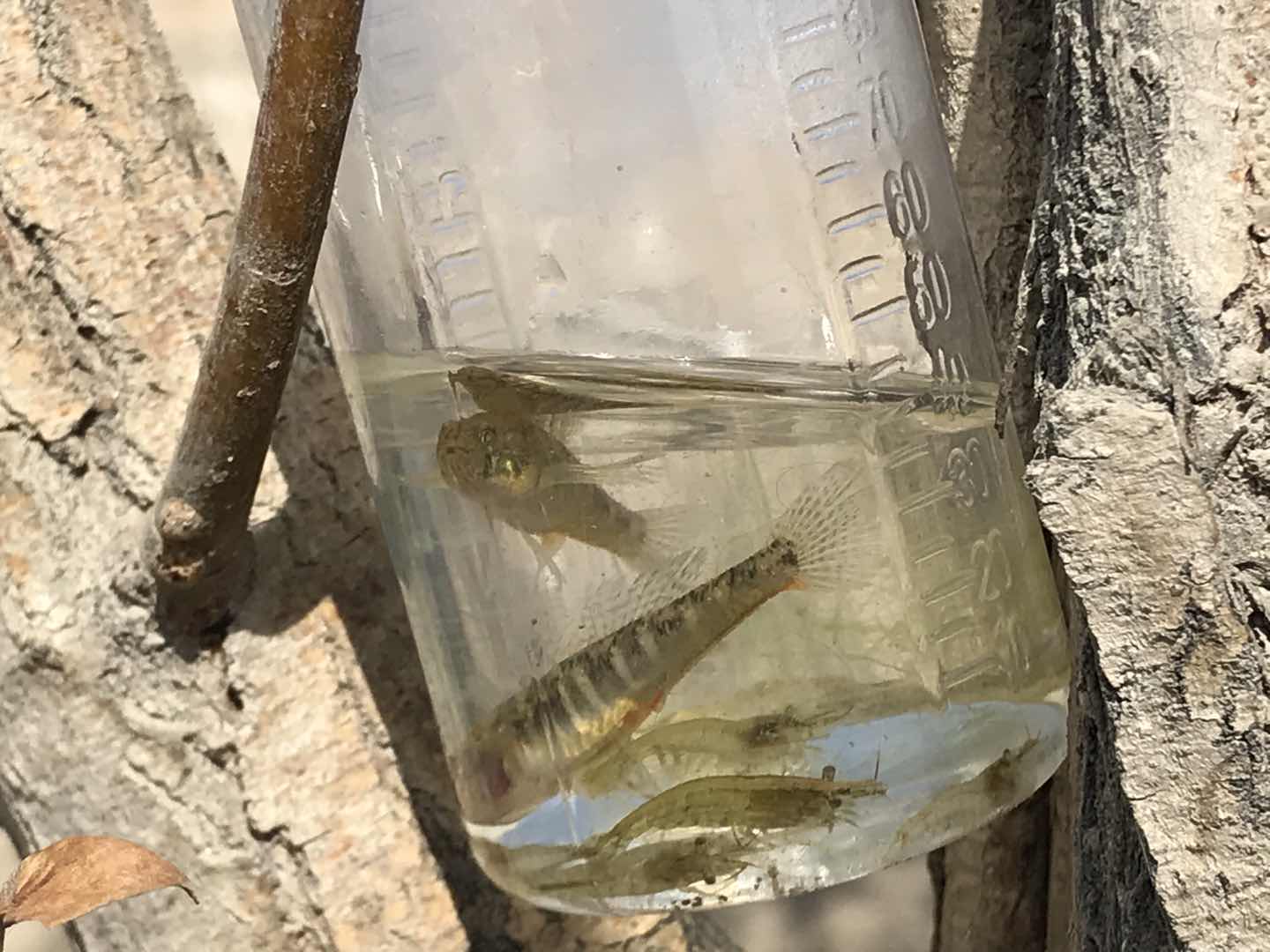

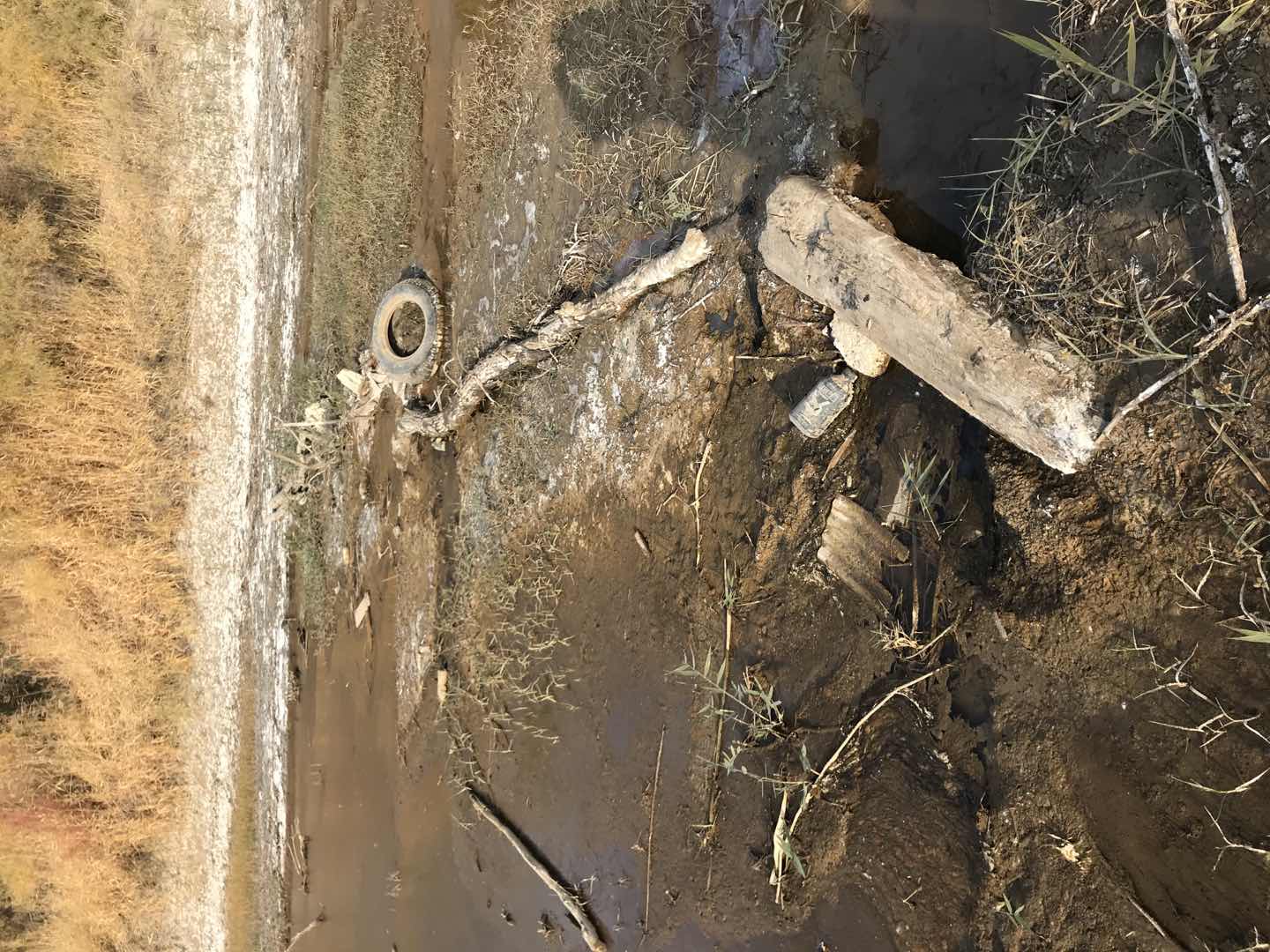
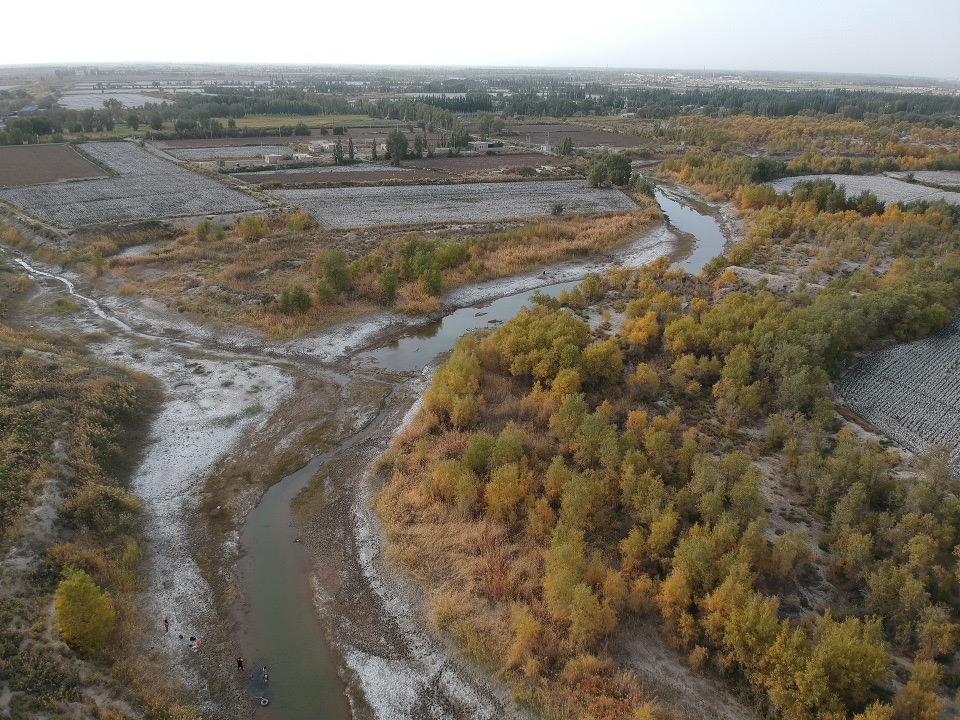



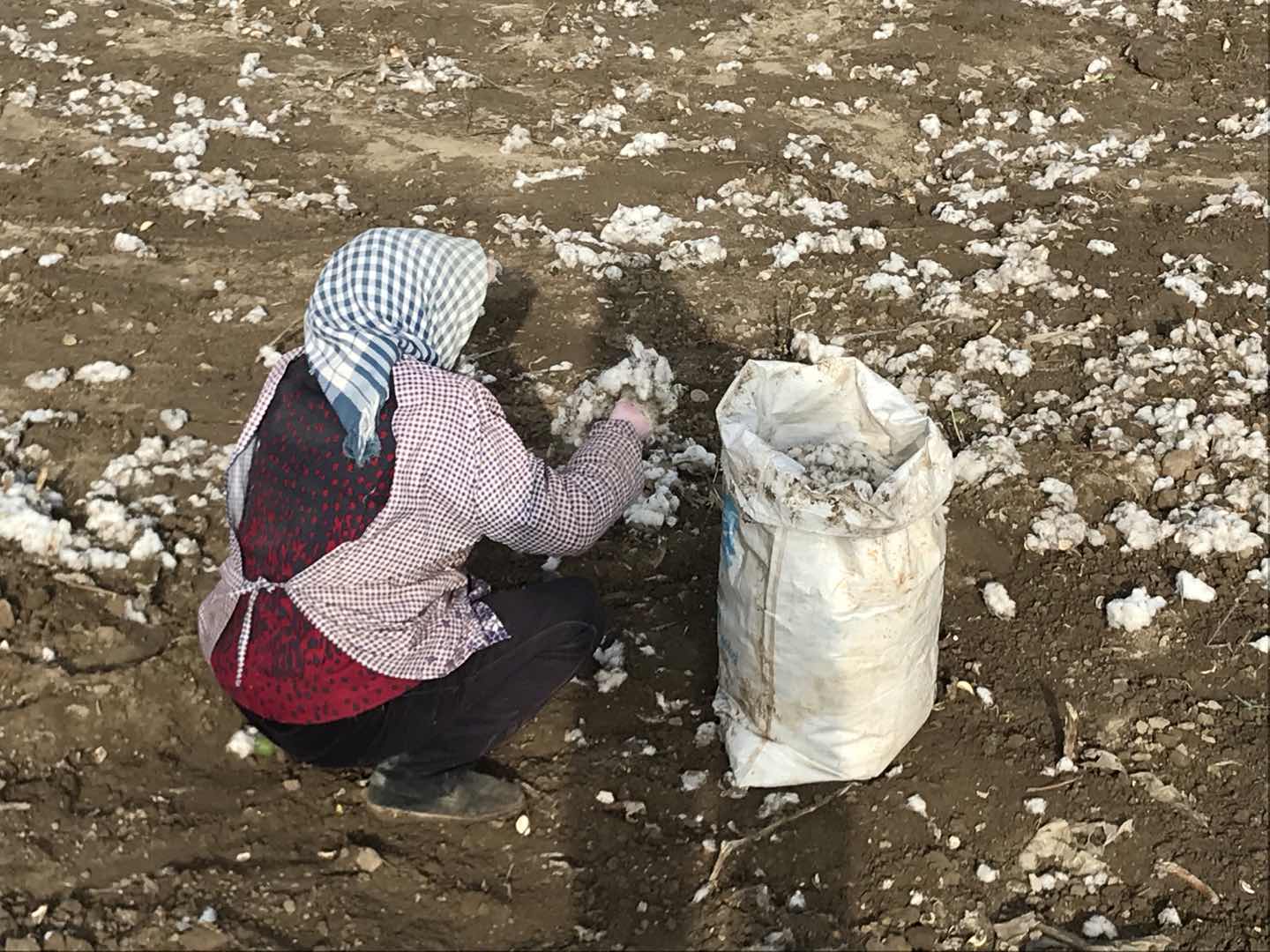

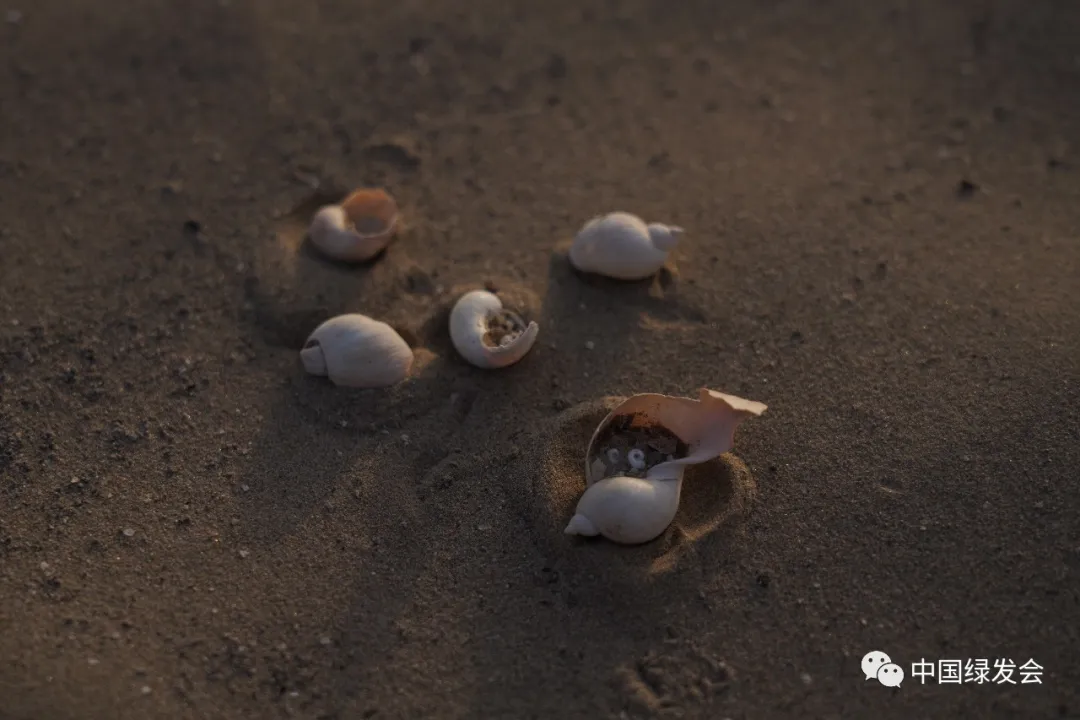

(Photo credit: CBCGDF)
Original Chinese article:
http://www.cbcgdf.org/NewsShow/4854/14081.html
By / Maggie
https://www.paypal.me/CBCGDFChina
http://www.cbcgdf.org/English/ConfirmDonaTion/0.html


(Please indicate "I read CBCGDF" in the payment notes, thank you!)
